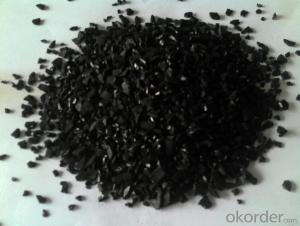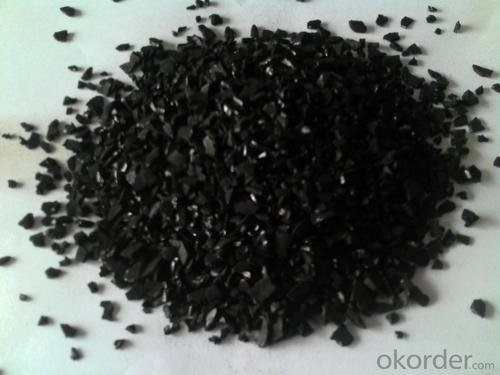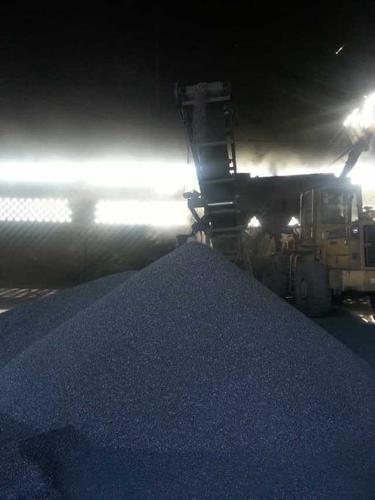FC 92Min Calcined Anthracite Coal Low Price
- Loading Port:
- Tianjin
- Payment Terms:
- TT OR LC
- Min Order Qty:
- 0 m.t.
- Supply Capability:
- 100000 m.t./month
OKorder Service Pledge
OKorder Financial Service
You Might Also Like
Packaging & Delivery
| Packaging Details: | 1. carbon additive in 1 MT jumbo bag 2. carbon additive in 25kg PP bag 3. carbon additive in 50 kg woven bag 4. carbon additive in bags then put them on pallet 5.bulk in container 6.as your requirements |
| Delivery Detail: | within 10 days after receiving 30% deposit or LC |
Product Description
Carbon additive (carbon raiser) with characteristic of low ash and low sulfur is made from calcined petroleum coke, graphite petroleum coke or high quality anthracite coal . As an ideal recarburizer and intermediate reactor, it has been widely used in different industries like metallurgy, chemistry, machinery, electricity, etc.
The selection of a charging carbon is determined by the quality requirements of the steel or ferroalloy production as well as the cost and availability of carbon products. So the recarburizer is mainly used in the metallurgy to increase the content of carbon.
Specifications
Calcined Anthracite Coal
Fixed carbon: 90%-95%
S: 0.5% max
Size: 0-3. 3-5.3-15 or as request
General Specification of Calcined Anthracite coal
PARAMETER UNIT GUARANTEE VALUE | |||||
F.C.% | 95MIN | 94MIN | 93MIN | 92MIN | 90MIN |
ASH % | 4MAX | 5MAX | 6MAX | 7MAX | 8MAX |
V.M.% | 1 MAX | 1MAX | 1.5MAX | 1.5MAX | 1.5MAX |
SULFUR % | 0.5MAX | 0.5MAX | 0.5MAX | 0.5MAX | 0.5MAX |
MOISTURE % | 0.5MAX | 0.5MAX | 0.5MAX | 0.5MAX | 0.5MAX |
Size can be adjusted based on buyer's request.
Pictures of Calcined AnthraciteCoal:
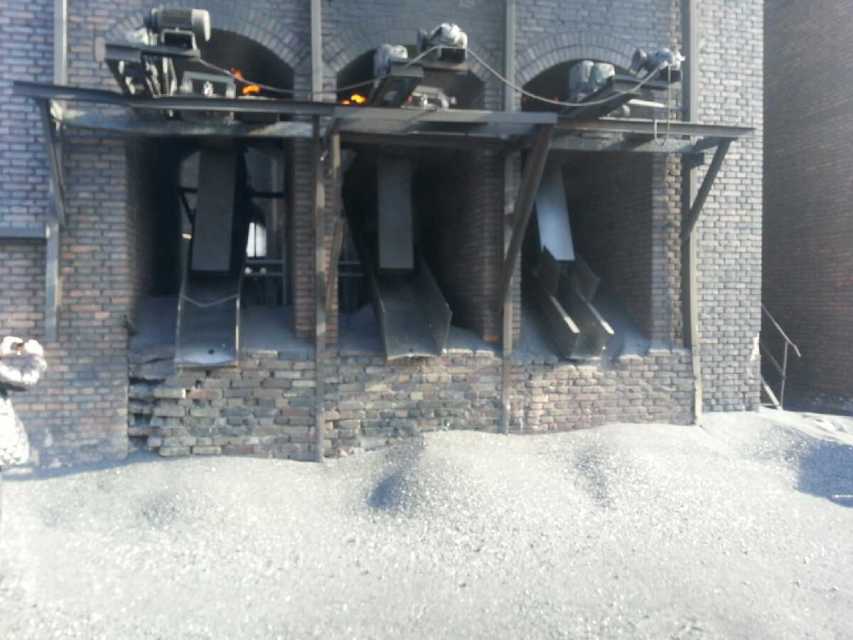
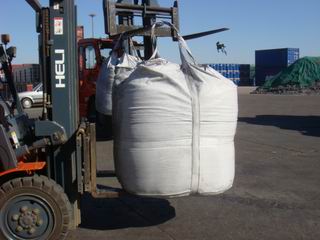
- Q: What is the density of carbon steel and alloy steel?
- Material name density g/cm3Grey cast iron 7.7.7Malleable iron 7.7.4Cast steel 7.8Industrial pure iron 7.87Plain carbon steel 7.85Quality carbon steel 7.85Carbon tool steel 7.85Free cutting steel 7.85
- Q: How is carbon used in the production of filters?
- Carbon is used in the production of filters due to its highly porous nature and ability to adsorb impurities. It acts as a powerful adsorbent, attracting and trapping contaminants such as chemicals, odors, and particles from air or water. This makes carbon an excellent material for removing impurities and improving the quality of filtered products.
- Q: Yes, I have a weapon, want to strengthen 11, said to be advanced furnace rock carbon, do not know how to get, look at the prawns pointing
- Is there still any carbon in the furnace?After the revision, there is no, where did not sell, the furnace rock carbon has turned into colorless small crystals
- Q: How does carbon affect the formation of tsunamis?
- Carbon does not directly affect the formation of tsunamis. Tsunamis are typically caused by underwater earthquakes, volcanic eruptions, or landslides, which are not influenced by carbon. However, carbon emissions and climate change can indirectly impact the frequency and intensity of natural disasters, including some potential triggers for tsunamis, such as volcanic activity or landslides near coastlines.
- Q: What is the structure of a diamond, a form of carbon?
- The structure of a diamond, a form of carbon, consists of a three-dimensional arrangement of carbon atoms bonded together in a rigid lattice structure. Each carbon atom is covalently bonded to four neighboring carbon atoms, forming a tetrahedral arrangement. This strong and stable network of carbon atoms contributes to the diamond's exceptional hardness and high thermal conductivity.
- Q: How is activated carbon produced?
- Activated carbon is produced through a process called activation, which involves heating carbon-rich materials, such as wood, coal, or coconut shells, at high temperatures in the absence of oxygen. There are two main methods of activation: physical activation and chemical activation. In physical activation, the carbon-rich material is first carbonized by heating it to a high temperature. This creates a carbonized char with a high carbon content. The char is then treated with an oxidizing gas, such as steam or carbon dioxide, at temperatures between 600 to 900 degrees Celsius. This causes the char to expand and develop a highly porous structure. The resulting material is then washed and dried to remove any impurities, resulting in activated carbon. Chemical activation, on the other hand, involves impregnating the carbon-rich material with a chemical activating agent, such as phosphoric acid, zinc chloride, or potassium hydroxide. The impregnated material is then heated to temperatures ranging from 400 to 800 degrees Celsius. This process chemically reacts with the carbon, creating a highly porous structure. The activated carbon is then washed and dried to remove any residual chemicals. Both physical and chemical activation methods result in the production of activated carbon with a large surface area and a network of pores. These pores enhance the adsorption capacity of the activated carbon, allowing it to effectively trap and remove impurities, contaminants, and pollutants from gases and liquids.
- Q: Paint paint fluorocarbon paint which expensive?
- After several decades of rapid development, fluorine coating has been widely used in various fields of construction, chemical industry, electrical and electronic industry, machinery industry, aerospace industry, household products. Become the acrylic coating, polyurethane coatings, silicone coatings and other high-performance coatings, the highest overall performance of the coating brand. At present, there are three types of fluoro resin coatings, such as PTFE, PVDF and PEVE, which are widely used.In short, paint is fluorocarbon paint evolved =. = which of the more expensive ones depends on the brand of paint?.Hope the answer helps! ~
- Q: What are the applications of carbon nanowires?
- Carbon nanowires have a wide range of applications across various fields due to their unique properties and characteristics. Some of the key applications of carbon nanowires are: 1. Electronics: Carbon nanowires can be used as conducting channels in electronic devices, such as transistors and interconnects. Their high electrical conductivity, small size, and ability to carry high current densities make them ideal for use in nanoelectronics. 2. Energy storage: Carbon nanowires can be utilized in energy storage devices, such as batteries and supercapacitors. Their high surface area and excellent electrical conductivity enable efficient charge and energy storage, leading to enhanced performance and longer life cycles. 3. Sensors: Carbon nanowires can be used as sensing elements in various types of sensors. Their high sensitivity to changes in temperature, pressure, or gas concentration makes them suitable for applications in environmental monitoring, healthcare, and industrial sensing. 4. Biomedical applications: Carbon nanowires show promise in biomedical applications, including drug delivery systems and tissue engineering. They can be functionalized with specific molecules to target and deliver drugs to specific cells or tissues. Additionally, their high mechanical strength and biocompatibility make them suitable for scaffolds in tissue engineering applications. 5. Nanoelectromechanical systems (NEMS): Carbon nanowires can be used to construct NEMS devices, which are miniature mechanical systems that operate at the nanoscale. These devices have applications in sensing, actuation, and data storage, and carbon nanowires provide the necessary mechanical and electrical properties for their operation. 6. Nanocomposites: Carbon nanowires can be incorporated into various materials to enhance their mechanical, electrical, and thermal properties. They can reinforce polymers, ceramics, and metals, leading to improved strength, conductivity, and heat dissipation in the resulting nanocomposites. 7. Optoelectronics: Carbon nanowires can be utilized in optoelectronic devices, such as photodetectors and light-emitting diodes (LEDs). Their high electron mobility, low electrical resistance, and ability to emit light make them suitable for applications in displays, lighting, and optical communications. Overall, the applications of carbon nanowires are diverse and expanding, with the potential to revolutionize fields such as electronics, energy storage, sensing, biomedicine, and more. Continuous research and development in this area are expected to uncover even more exciting applications in the future.
- Q: How does carbon dioxide affect the Earth's climate?
- Carbon dioxide affects the Earth's climate by trapping heat in the atmosphere. As a greenhouse gas, it absorbs and re-emits infrared radiation, leading to the greenhouse effect. Increased carbon dioxide levels from human activities, such as burning fossil fuels, enhance this effect, causing global warming and climate change.
- Q: There are several allotropes of carbon
- Allotrope of carbon: diamond, graphite, carbon 60 (fullerene), amorphous carbon (charcoal, coke, activated carbon, etc.)
Send your message to us
FC 92Min Calcined Anthracite Coal Low Price
- Loading Port:
- Tianjin
- Payment Terms:
- TT OR LC
- Min Order Qty:
- 0 m.t.
- Supply Capability:
- 100000 m.t./month
OKorder Service Pledge
OKorder Financial Service
Similar products
Hot products
Hot Searches
